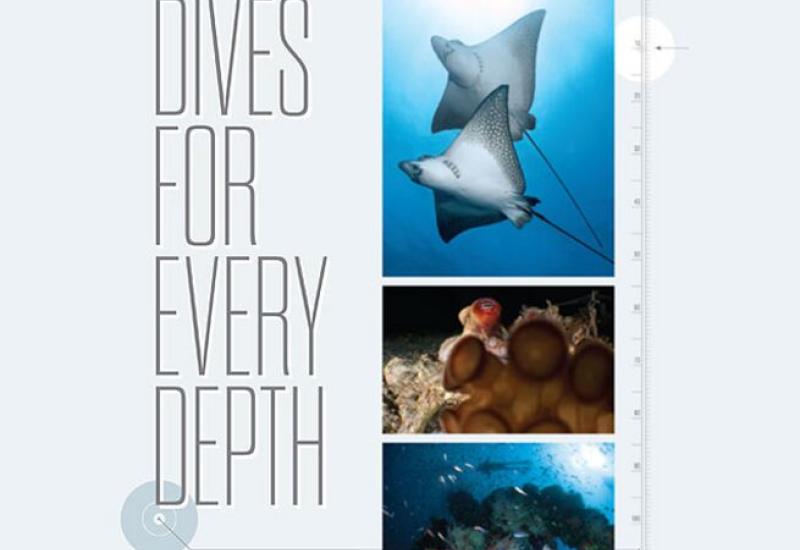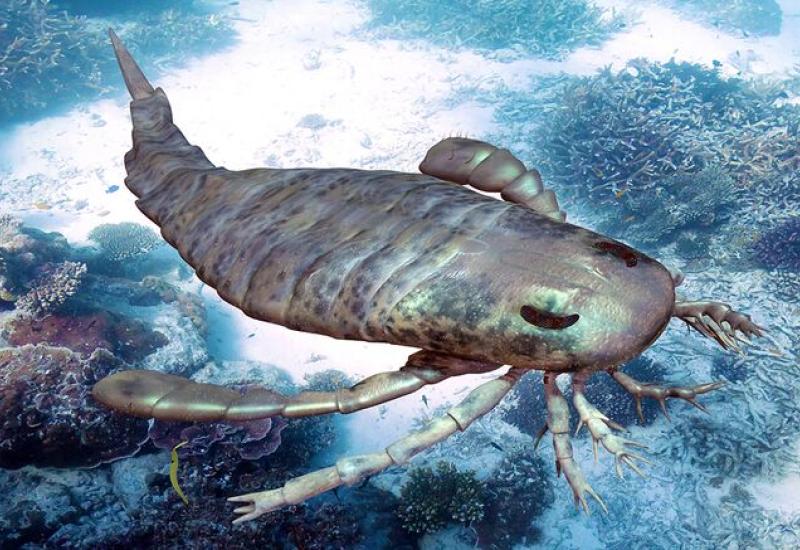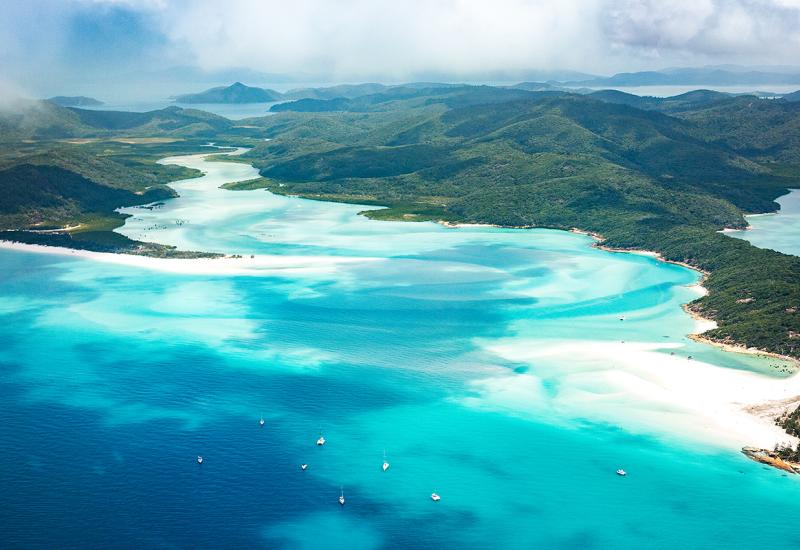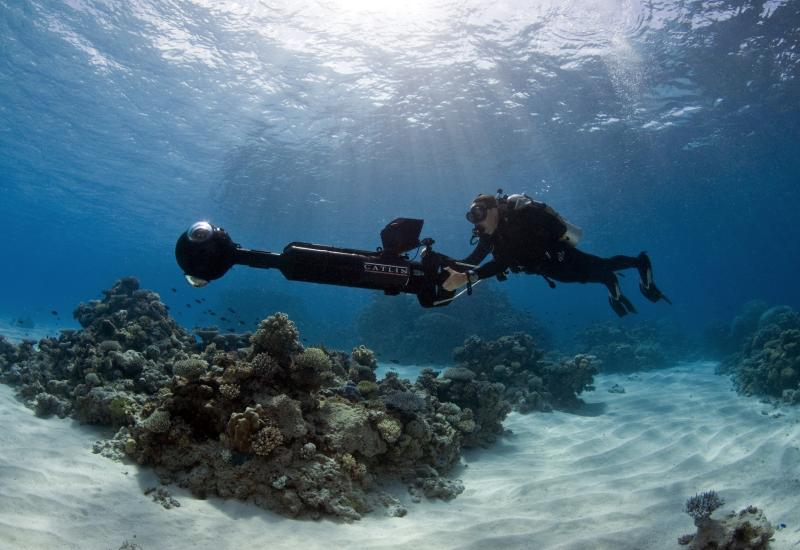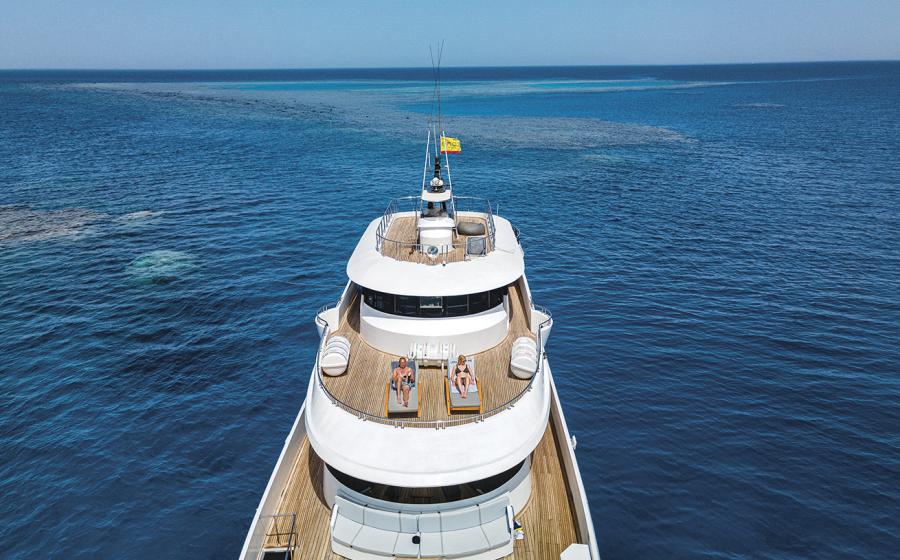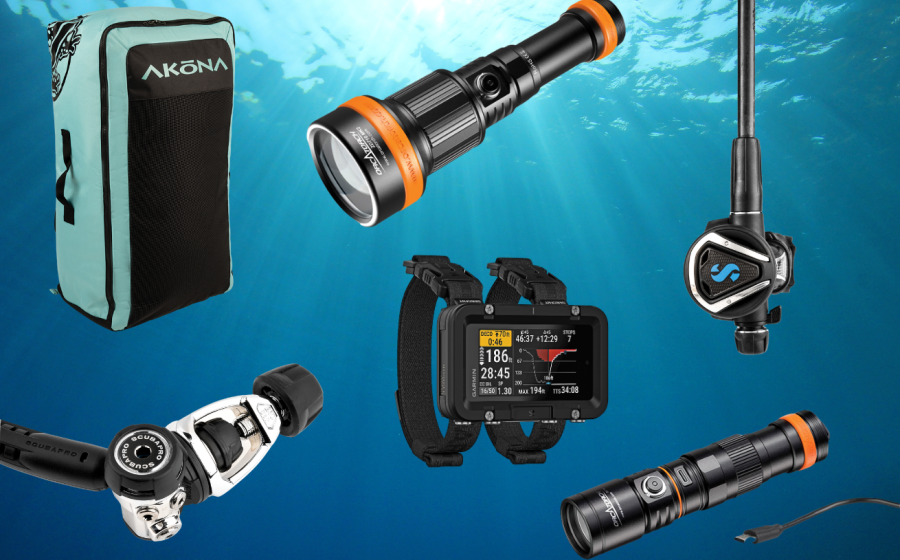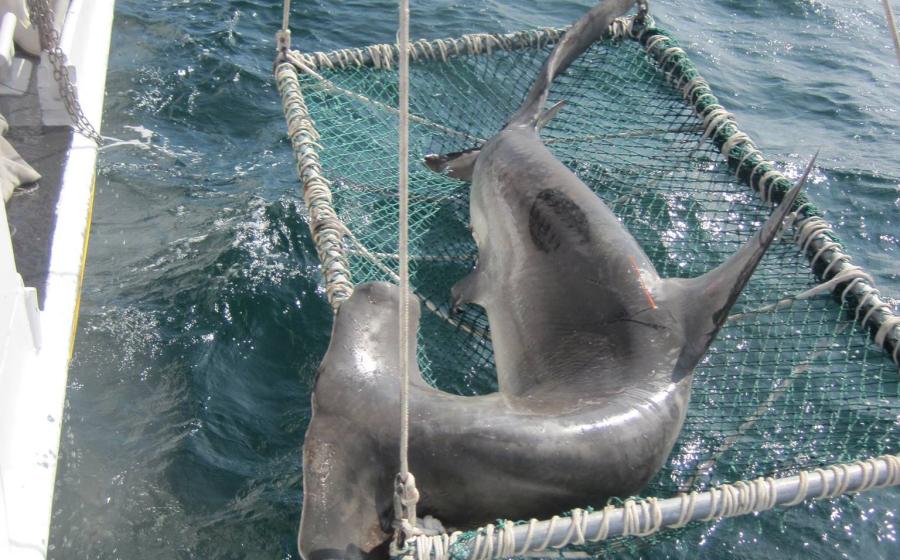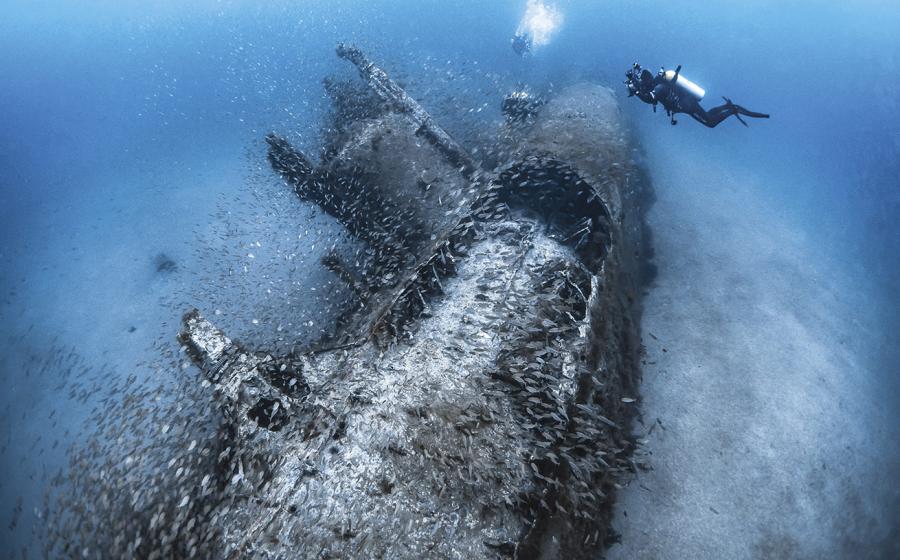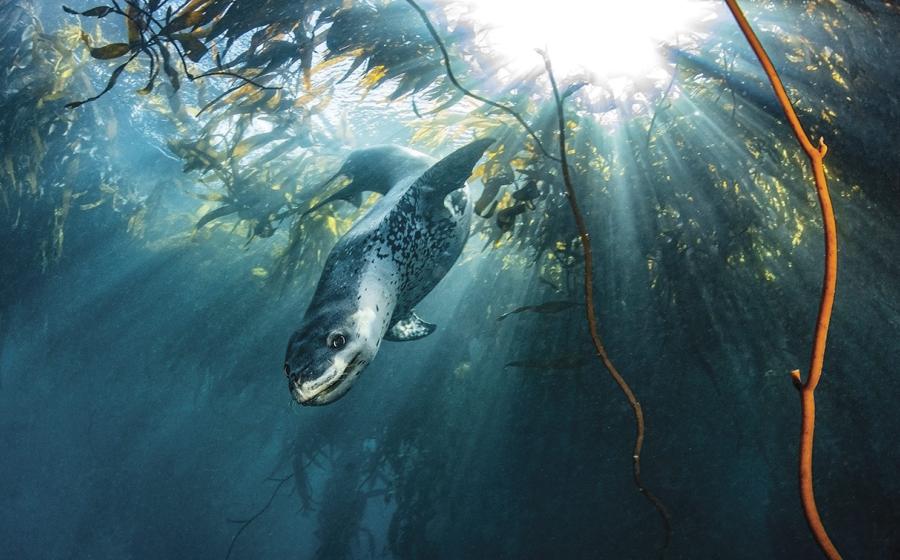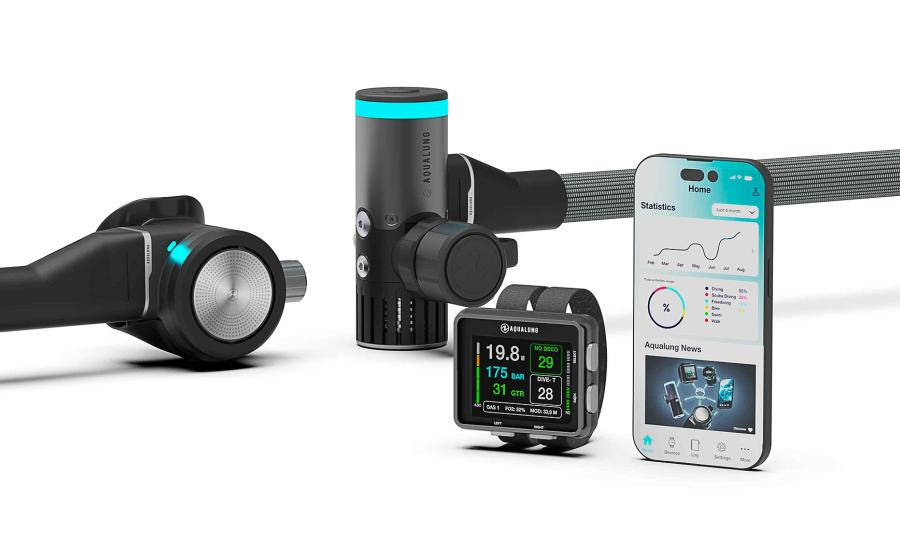Sharpen Your Underwater Photo Skills Aboard the Raja Ampat Aggressor
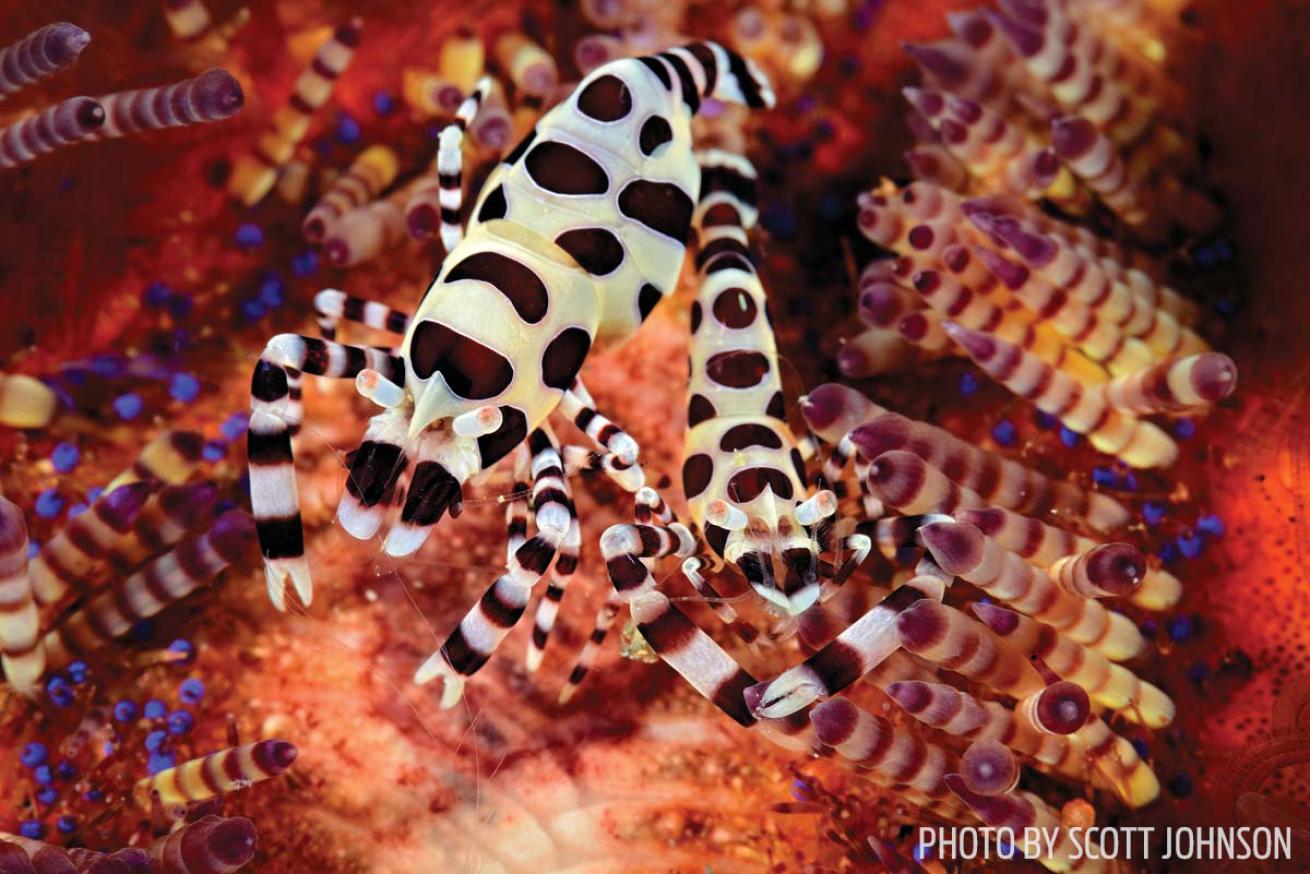
Scott JohnsonRaja Ampat provides a brilliant classroom for underwater photographers with species like the Coleman shrimp in wait.
No place on Earth is better-suited for perfecting underwater photography skills than the pristine reefs that surround the many islands of Indonesia. With warm, crystal-clear water and abundant subjects both great and small beneath my feet, I dive in to teach in the most exquisite classroom environment imaginable.
Earlier this year, eight eager underwater photographers joined me aboard Raja Ampat Aggressor for the first of the year’s eight scheduled Jim Church School of Underwater Photography courses.
Aggressor Fleet’s menu of exotic destinations offers students a wide range of opportunities to sample the underwater photo treasures of the world from manta rays to nudibranchs. The trip’s all-inclusive nature allows the staff to provide hands-on assistance. Since we are all together throughout the day, the instructors have the ability to personalize each photographer’s training with the biggest luxury: time.
From the moment guests arrive on board, the staff makes itself available for equipment-assembly assistance, advice and even simple encouragement.
As the 10-day trip progressed, we gathered together for daily formal lectures, designed to help the students advance their skills with topics ranging from understanding camera settings to composition and strobe lighting.
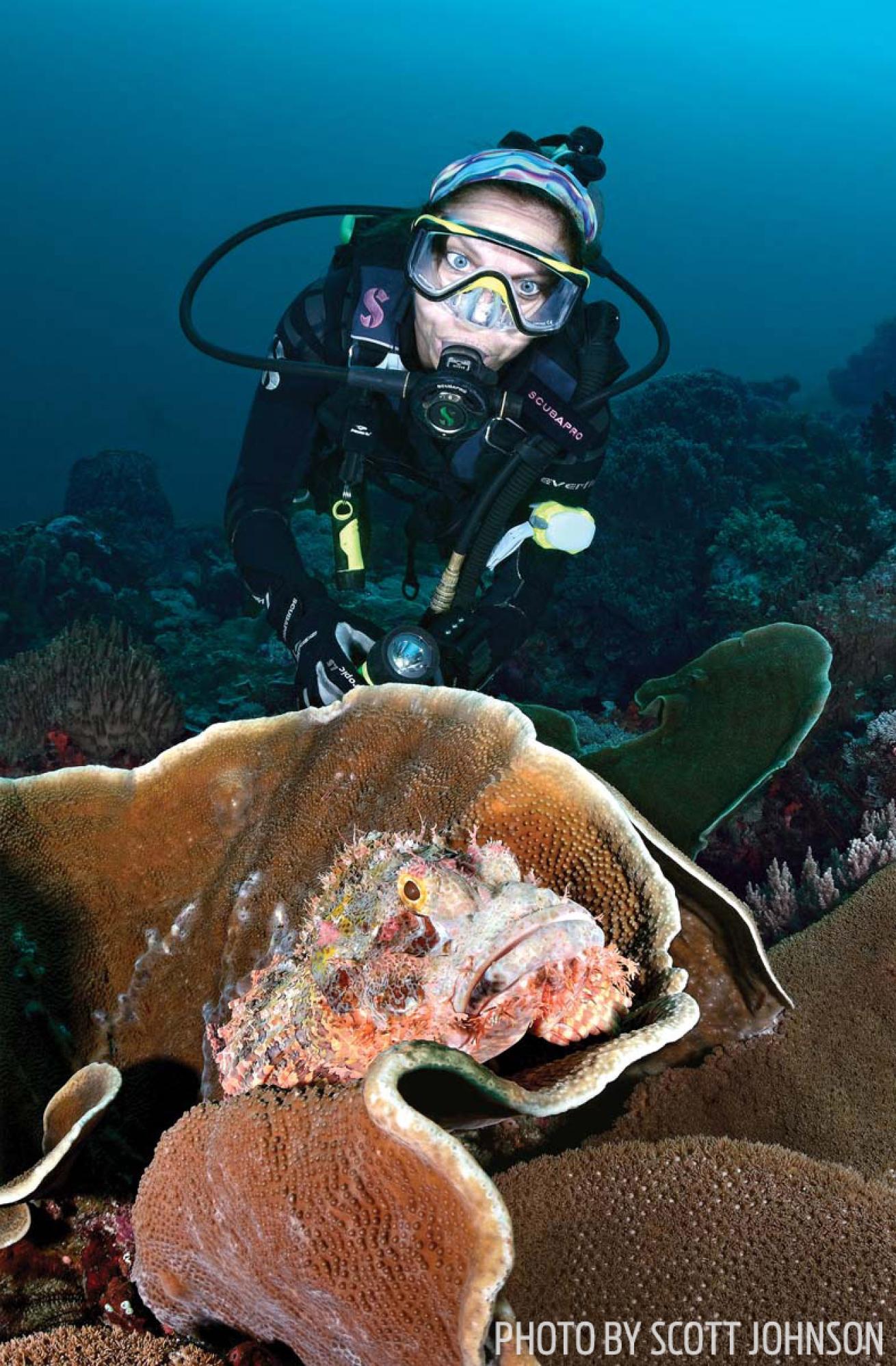
Scott JohnsonA tasseled scorpionfish off Koon Island
Some students were just starting out while others, who had traveled with us before, were already proficient photographers. The goal is to provide meaningful assistance to guests regardless of their abilities.
Diving four times a day allows us plenty of opportunity to shoot and review, and I can’t stress enough how important this process is. Analyzing photos with a vivid memory of the shooting situation provides the necessary tools to make significant corrective action. The most time the instructors spend with students each day is during this evaluation period. It’s during those times that the theoretical and the practical come together, producing lightbulb moments — where the fun really starts.
The staff knows it’s done its job at the end of the week when the students share their images in a slide show. The results, week after week, never cease to impress. I have the distinct luxury of sitting back and watching a digital display of remarkable photos that some hardly thought was possible just a week earlier.
TRIP HIGHLIGHTS
Day 1
Understanding Camera Settings: Dive sites Friwinbonda, Blue Magic and Mioskon overwhelm us with macro wonders, including a blue-ringed octopus and enough pygmy seahorses to satisfy all of the photographers.
Day 3
Lighting with Strobe: An impromptu visit by feeding manta rays is a breathtaking surprise at Manta Sandy. Later, an amazing night dive wows us with reef squid, bobtail squid, octopuses and the always-magical cuttlefish.
Day 5
Photo Composition: Our first day in south Raja Ampat takes us to Sagof, Baby Rock and Balbulol, where huge blooms of soft coral dazzle us with their color. Tomato clowns, smiling tubeworms and eyespot blennies always amuse.
Day 7
Postproduction: Gus Ridge and Shadow Reef are both wide-angle dreams. The thriving, colorful reef impressed, but the highlight of the day was a visit by two giant black manta rays showing off at a cleaning station.
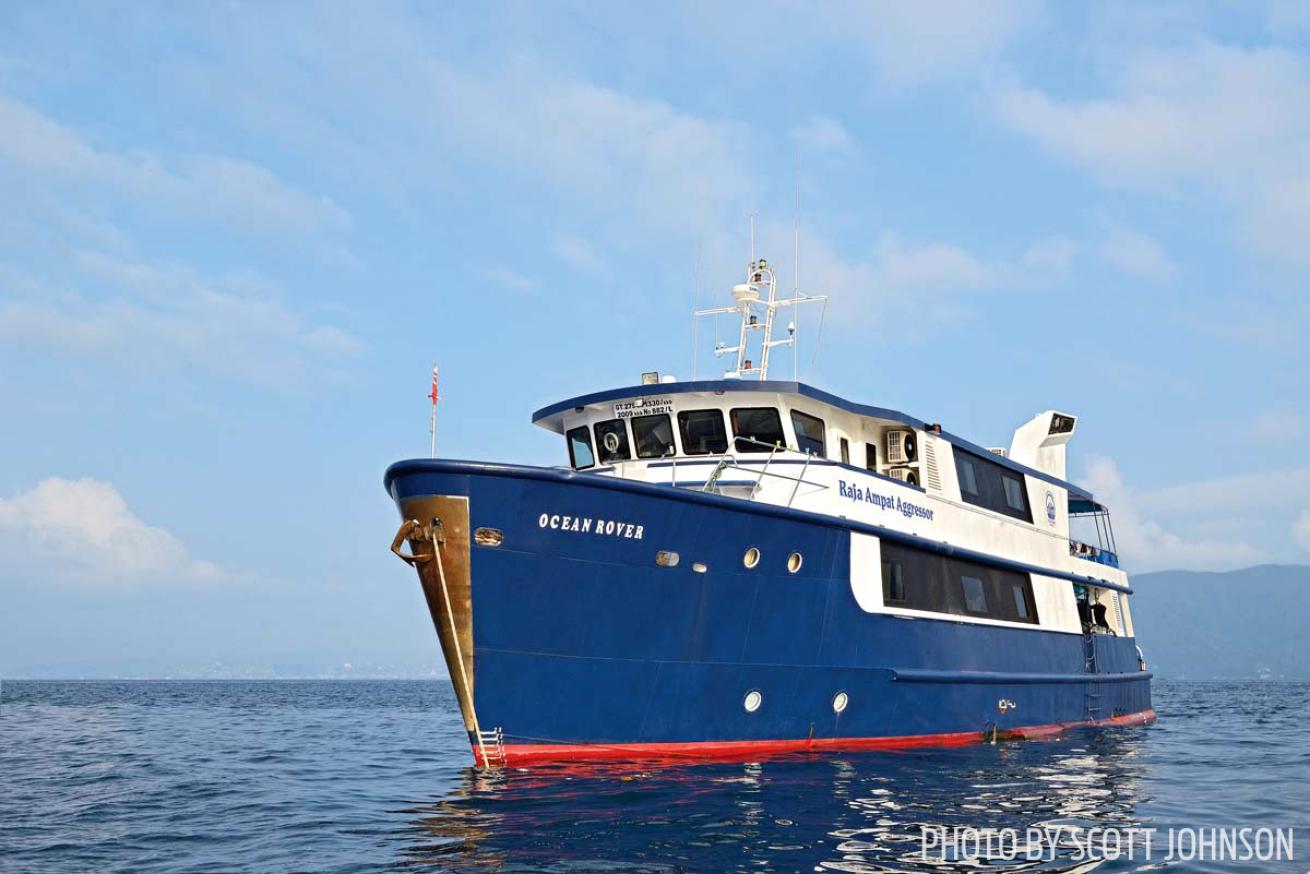
Scott JohnsonTHE BOAT
Raja Ampat Aggressor
Total passengers: 16
Cabins: 8
Total crew: 13
Length: 100 feet
Number of decks: 3
In Focus
Train your lenses on these prized macro finds.
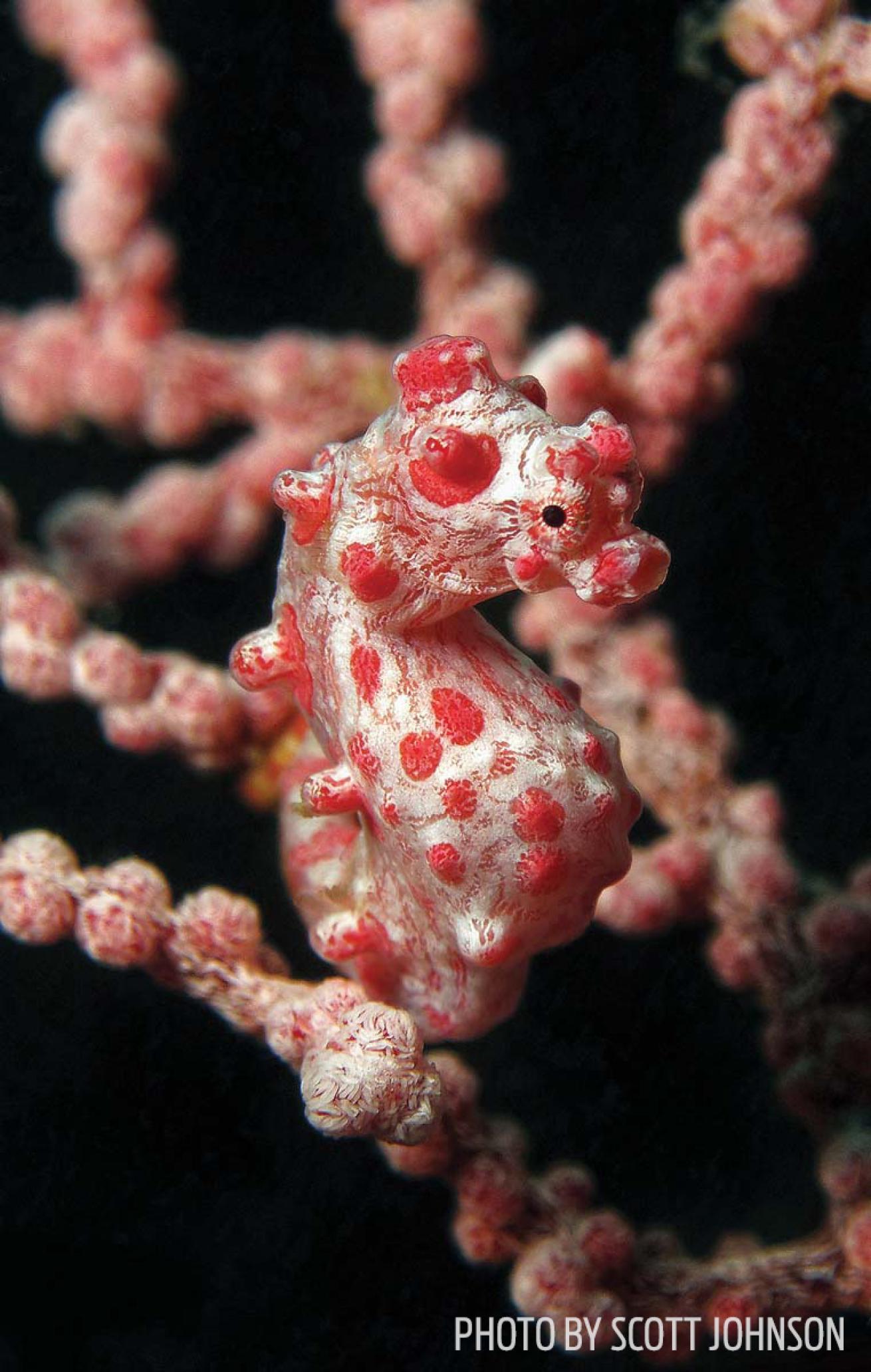
iStockphotoPygmy Seahorse
Photographers love to keep an eye out for this tiny, elegant creature — a pygmy is typically less than an inch in height — on its soft-coral home.

iStockphotoBlenny
With a large mouth and eyes, this macro critter allows shooters to capture animated expressions — a nice ingredient for compelling images.
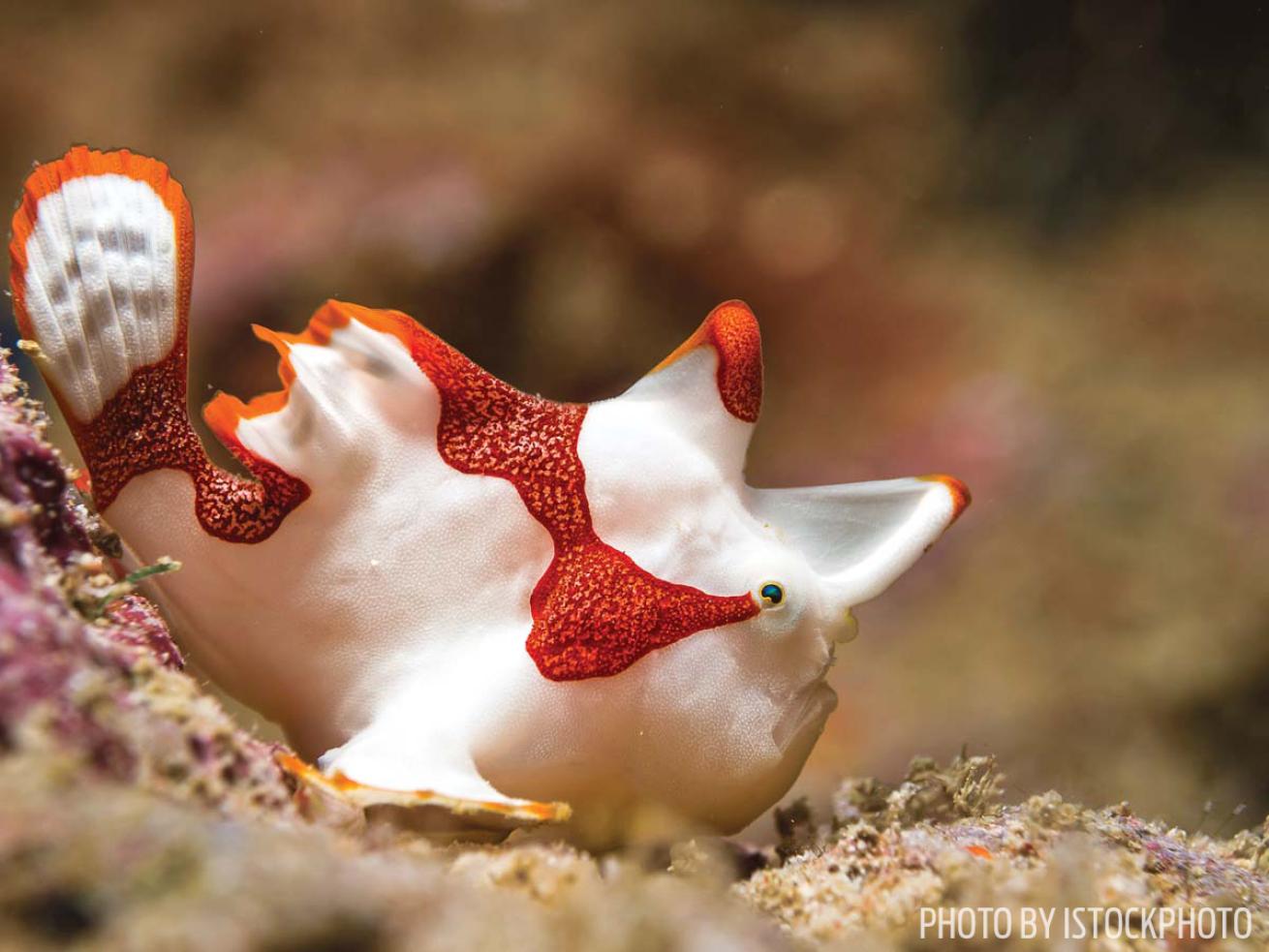
iStockphotoFrogfish
With the ability to change coloration to match its environment, the clown — or warty — frogfish is a wonderfully wacky subject that can be found among sponges or corals.
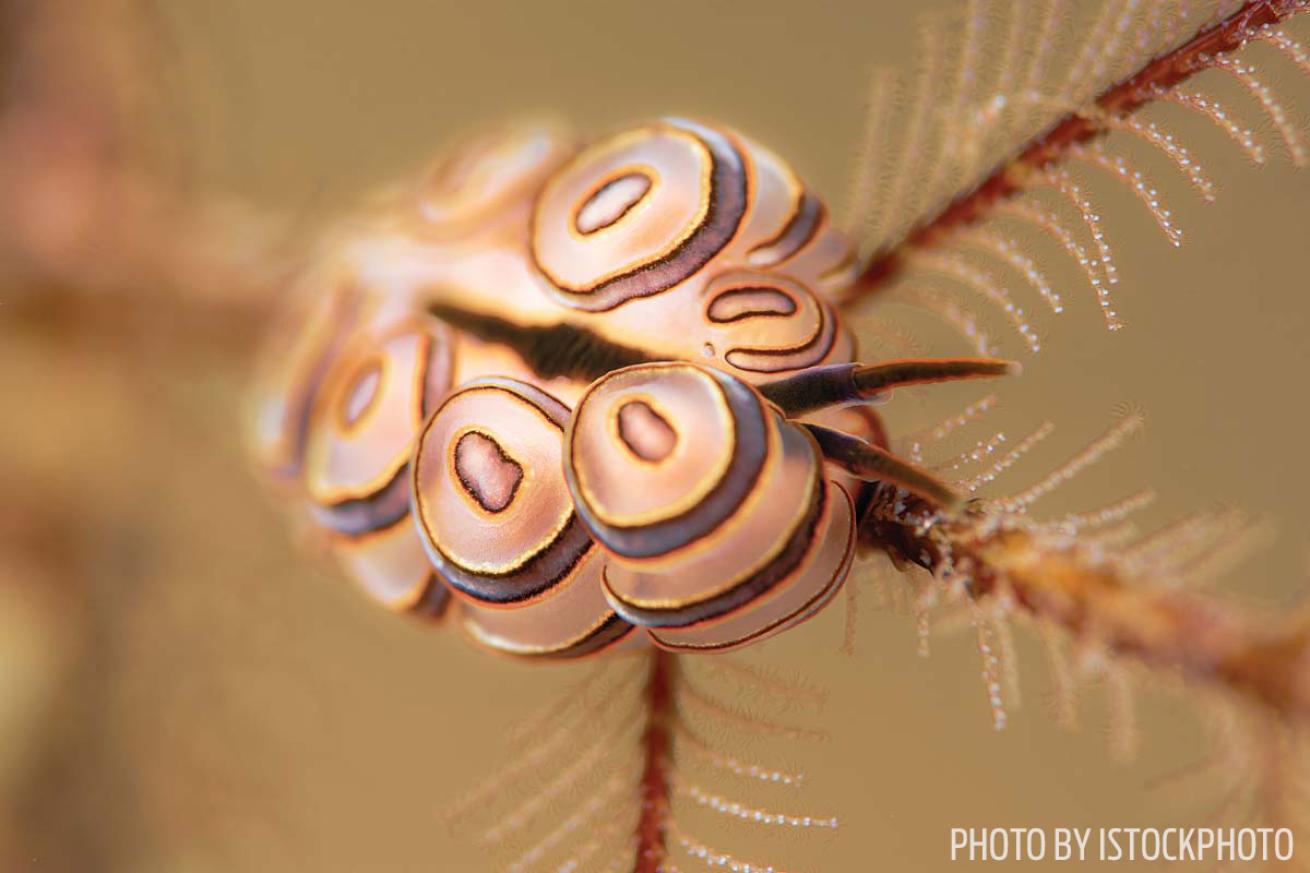
iStockphotoNudibranch
Interesting anatomical features and exquisite coloration make the nudibranch a prized sight for underwater photographers looking to capture an out-of-the-box shot.
Read up on more awesome liveaboard adventures in Australia and the Silver Bank.

